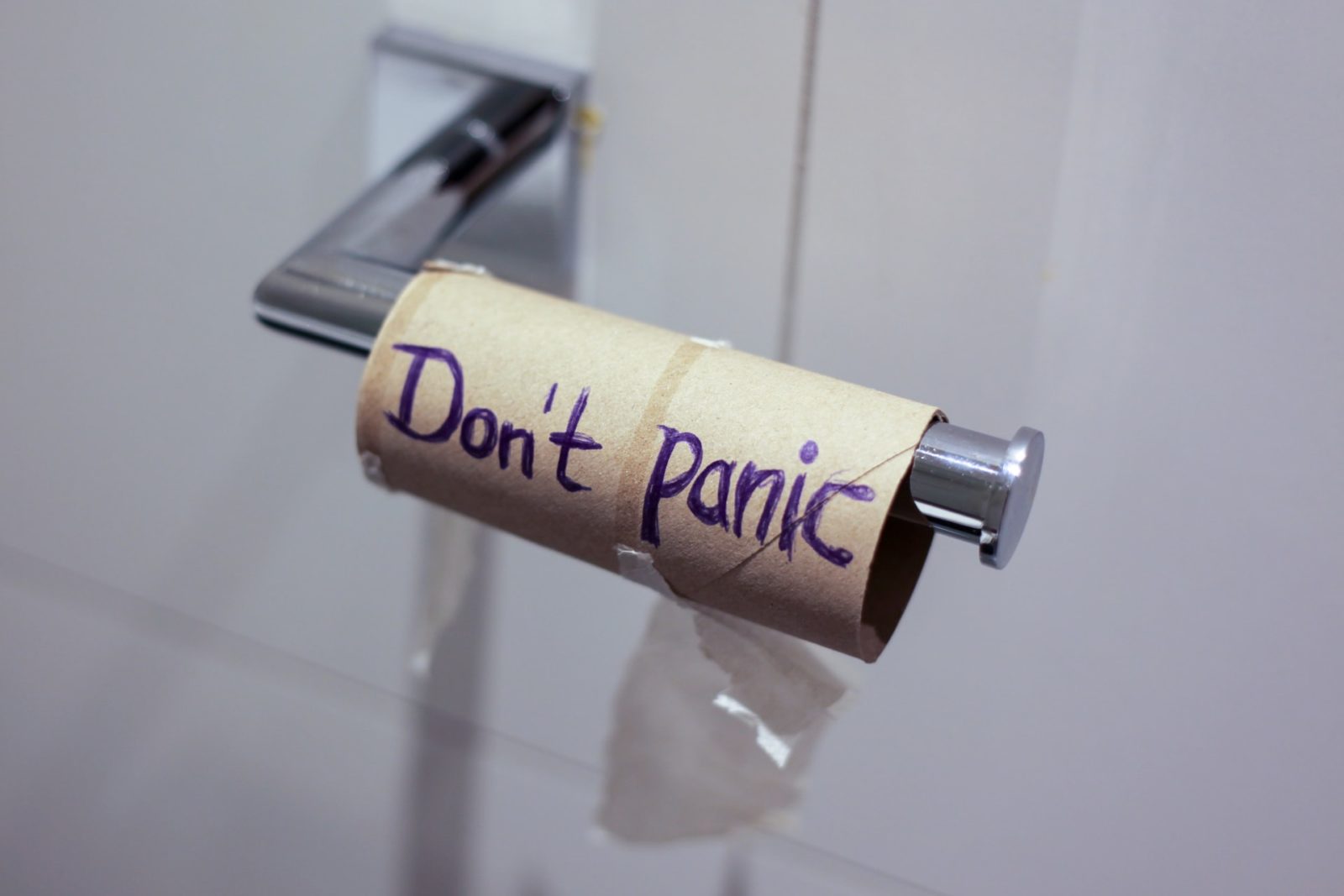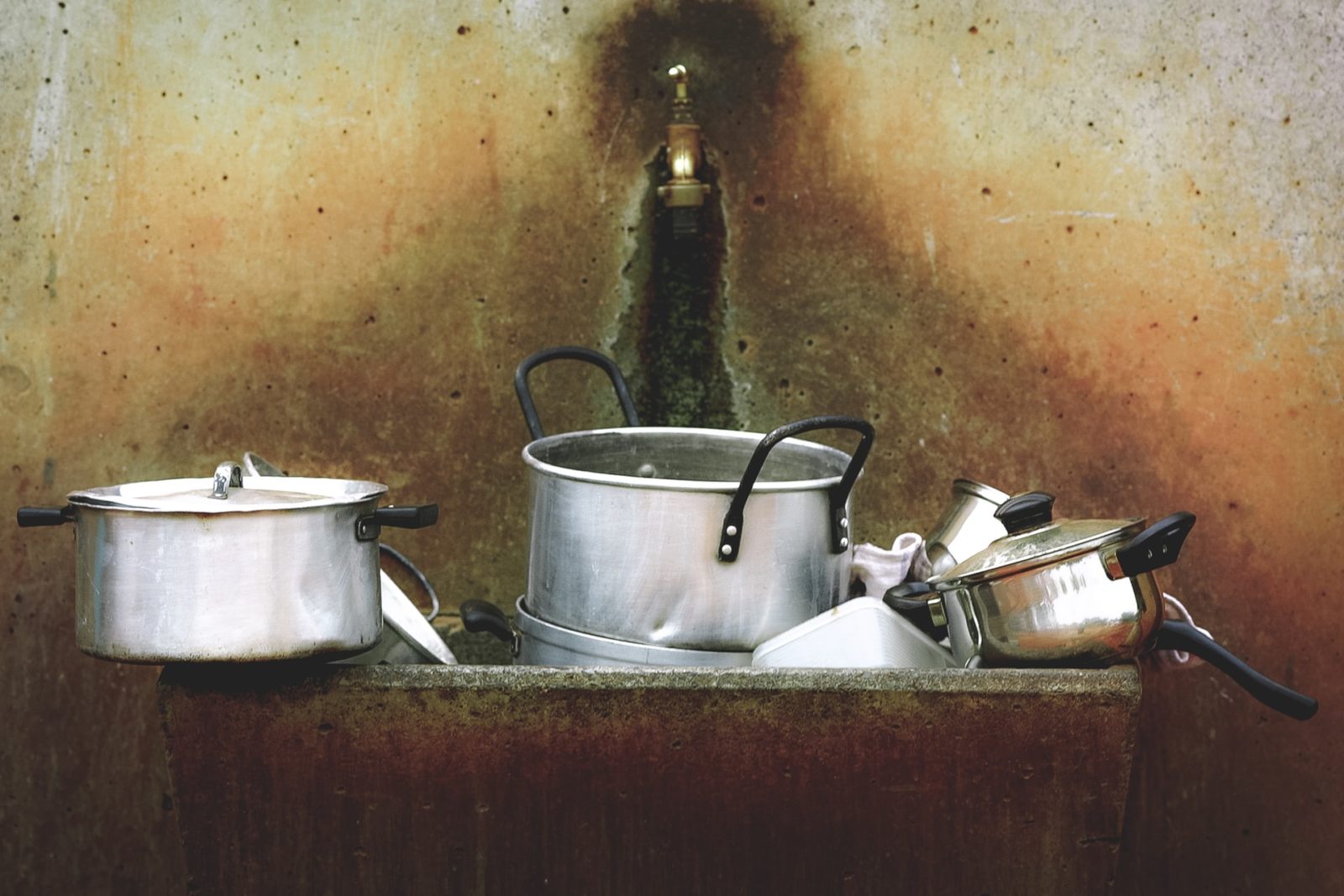Frozen pipes are a disaster for any home. No matter how big and fancy your home is, if your pipes freeze, there’s a high chance they’ll burst and end up flooding your house. So, how can you prevent frozen pipes in winter? There are lots of creative solutions that we’re happy to share with you.
Leave Bathroom Doors Open
The first thing you should do when winter approaches is keep your bathroom doors open – unless you’re using them of course. When the bathroom isn’t in use, keeping the doors open allows air flow. This isn’t strictly necessary if your bathroom has its own forced-air vent. However, it doesn’t hurt. If your bathroom doesn’t have its own forced-air vent or radiator, it can become much colder than the rest of the house if the doors are left shut. Allowing warm air to flow into the bathroom will ensure the pipes beneath the sink don’t freeze.
Leave Sink Cupboards Open
For the same reason, sink cupboards should be left open. This applies to anywhere with a sink above a cabinet. The bathroom sink, kitchen sink, and even a laundry room sink should have their cabinet doors left open. If there’s no other insulation keeping your pipes from freezing, allowing warm air into the cabinets may help.
Let the Sink Drip
While it may not be necessary if you’re still at home, when on vacation, leave the sinks to drip. Turning on each hot and cold tap in the house, just enough to allow it to drip, will aid in preventing pipe bursts. The water continues to move around, lowering the likelihood of freezing. Plus, the dripping helps to relieve pressure in the pipes.
Keep Heat On
If you’re going somewhere else for vacation, don’t turn your heat off. This is important no matter what time of year you’re leaving. Always keep your heat set to at least 50 Fahrenheit when you’re traveling. Doing this keeps your home’s pipes warm enough to prevent freezing. Even during the fall or spring, if you leave with your heat off, a sudden drop in temperature could have you returning to a flooded house. A small amount of heating will cost a lot less than flood repairs.
Blanket Insulation
If your pipes are getting too cold, even with maximum airflow and keeping the heat on, it might be time to insulate your pipes. If you don’t have money to buy insulation, wrapping blankets or towels around your pipes is the way to go. It isn’t much, but it’s better than nothing. A nice, thick barrier between your pipe and the cold air may be just the trick. This applies to sink pipes under cabinets as well as pipes in the garage that may lead outdoors, such as to a spigot.
Styrofoam Insulation
If you do have the money for some dedicated insulation, buying styrofoam insulation for your pipes is easy. Check with your local hardware store and you’ll find there are dedicated styrofoam forms meant to fit over your exposed pipes. If there are long stretches of exposed pipe – perhaps in the garage – you might want to get some expanding spray foam insulation instead. This will last longer and be more effective than a styrofoam form.
If it’s too late and your pipes have burst, once the initial disaster is cleaned up, we’re more than happy to come out and fix your pipes. That’s what we’re here for! Give us a call at POM Plumbing if you need assistance with pipe repair in your home.

